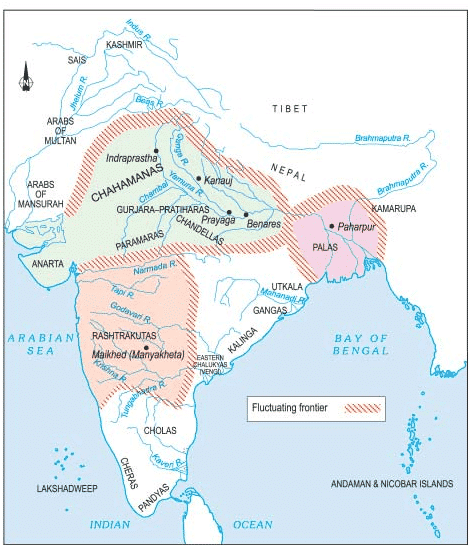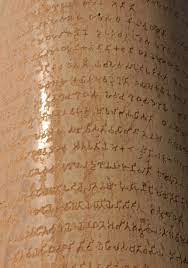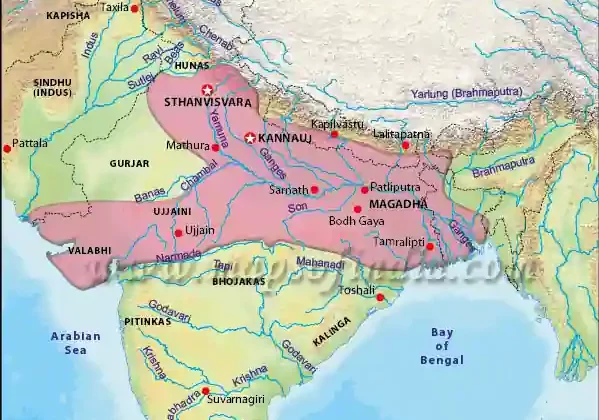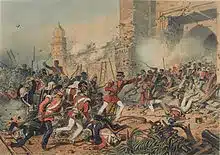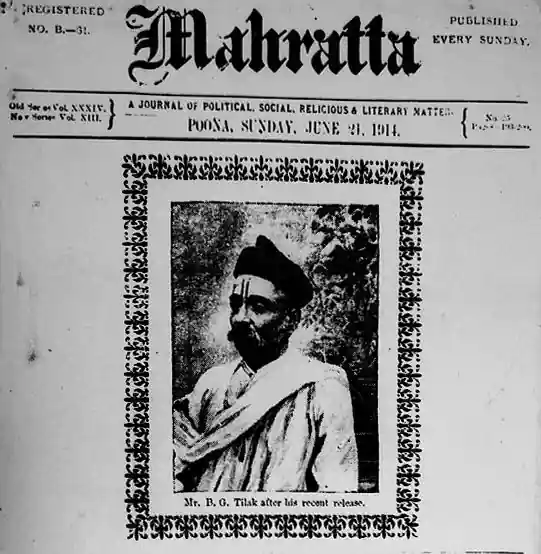Introduction About Chedi Dynasty
We get information about Chedi Dynasty from Hathigumpha inscription located near Bhubaneshwar, Odisha. The inscription was engraved by Kharavela, the 3rd ruler of Chedi Dynasty. Kahravela was a follower of Jainism. In 161 B.C, he convened a Jain Council at Kumaragiri.
The capital of the Chedi kingdom was Suktimati-Puri on the bank of the river Suktimati. This river has been identified by Alexander Cunningham with the river Mahanadi itself. D.C. Sircar is of the opinion that river Suktimati is Suktel which is a tributary of the Mahanadi (or of the Tel river). The river Suktel flows into the river Tel which meets the river Mahanadi.
Know About King Vasu
If the Chedirashtra was founded somewhere in Kalinga by king Abhichandra, the Chedis had an ancient root in this land. But, some historians locate the river Suktimati and the capital city of Suktimati-Puri at some other places. The exact location of the Chedirashtra thus remains uncertain.
- The son and successor of king Abhichandra of Chedirashtra was King Vasu.
- Vasu seems to have been a more powerful ruler, and he became famous for his pious deeds to earn the title of Rajarsi.
- King Kharavela of Kalinga regarded Rajarsi Vasu as the founder of his dynasty and took pride in describing himself in his Hatigumpha Inscription as a descendant of Rajarsi Vasu.
Chedi Dynasty as Cheta Dynasty
- The Chedi dynasty is also famous as the Cheta dynasty, or the Chetavamsa.
- Kharavela, therefore, mentioned in his inscription that he enhanced the glory of the dynasty of Chetaraja (Chetarajavasa Vadhanena).
- The history of the earlier kings of the Cheta dynasty in Kalinga is not known.
- While king Vasu was a much ancient ancestral figure of the dynasty, King Chetaraja was the immediate predecessor of Kharavela, ruling Kalinga.
- It is obvious that the Chedis were rising to power in Kalinga with their background of being an ancient race.
Chedi Dynasty as Mahameghavahana
The dynasty also carried for its kings a grand designation or title, Mahameghavahana. The Chedi dynasty of Kalinga, therefore, is also known as the Mahameghavahana Family. The title speaks of the power of the rulers. The epithet Mahameghavahana means the ‘Lord of the Great Clouds’ who uses the clouds as his vehicle. It may mean that the kings were as powerful as Indra.
It could also be that one of the earlier kings of the Kalinga Chedi dynasty was famous in his name of Mahameghavahana and his successors used that name as their family title as a mark of honour to the memory of that great king. The Chedi Dynasty of Kalinga, thus, could be more appropriately described as the Chedi Mahameghavahanas.
Meaning of Aira
The dynasty also carries another name for it, namely Aira. Some scholars like Prinsep and Rajendra Lai Mitra thought that the word Aira of the Hatigumpha Inscription stands for one of the kings of that name belonging to the Chedi dynasty. But to others, Aira was a dynastic term of the Chedi kings of Kalinga. According to K.P. Jayaswal, the term Aira comes from the Puranic name Ila or Aila who belonged to the Lunar Kshatriya race. It is believed that the Chedi rulers of Kalinga called themselves as Aira in order to establish the faith that they belonged to the famous Lunar Kshatriya race of the description of the Puranas.
King Kharvela (209-170 BC)
- King Kharvela belged to the epic time Chedi dynasty.
- His capital was Kalinganagara.
- We know about Kharvela from Hathigumpha inscription, found in a cave in Udayagiri near Bhubaneswar.
- The army and military of Kalinga was reinstated by Kharvela.
- Kharvela led successful campaigns against the kingdoms of Magadha, Anga, and Satavahana.
- The Kalinga Kingdom was expanded till Ganga to Kaveri from north to south by Kharvela.
- Kharvela was a Jain follower, but despite being a Jain follower he never hesitated in warfare.
- He patronized the Jaina ascetics by making provision for their maintenance, constructing the house/dwellings.
Hathigumpha inscription
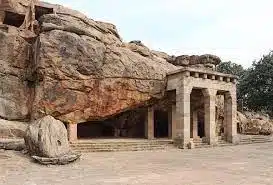
Hathigumpha inscription is ascribed to Kharvela, and belongs to 2nd century BC. It is a 17 lines inscription in Brahmi found at Udayagiri hills, Bhubneshwar, Orissa, 6 miles away from the place where Dhauli edit of Asoka was located. The inscription says that it is dated 165th year of Maurya kings and 13th year Kharvela reign, and gives a biographical sketch of the king. It says.
- In the first year the king rebuilt the capital of Kalinga.
- In the second year, he destroyed the capital of Musikas, a tribe of Hindus of Indus river area.
- In 4th year he subdued the Rastrakas and Bhijakas, the tribes near modern berar area.
- In the 5th year he extended a canal built by the Mauryas.
- In the 8th year, he advanced till Barabar hills and defeated the king of Rajgriha.
- In the 9th year he built the ”Mahavijayaprasad” place of great on both the banks of the river Pranchi.
- In the 12th year he subdued the Brihaspatimitra of Magadha.
- He built magnificent temple at Bhubneshwar.
The decline of the Chedi Dynasty
- South Kosala was later conquered by Gautamiputra Satakarni of the Satavahana dynasty in the early part of the 2nd century CE and remained in their possession up to the second half of the 2nd century CE.
- It was during the second and third century CE, the Meghas or Meghavahanas reappeared in the political scene and regained their suzerainty over South Kosala.
- Samudragupta during his daksinapatha expedition, defeated Mahendr of Kosala who probably belonged to the Megha dynasty. As a result, the South Kosala during the fourth century A.D, became a part of the Gupta empire.


